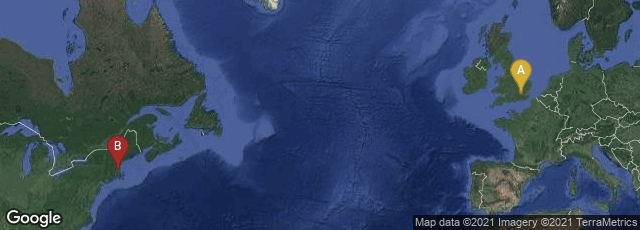Of all the printers' manuals published in the English language, or published in any language as far as I am aware, John Johnson's
Typographia, of the Printers' Instructor stands out for its highly unusual typography and formatting. It was published in two thick volumes, the first of which was historical, and the second of which was a technical printing manual. Notably it was printed at Johnson's Apollo Press in very small types throughout, including in quotes and special situations on the pages some of the smallest types that could be set by hand and actually read without a magnifying glass. Why Johnson chose to publish it in this format remains unclear except that its small format permitted a pocket size edition that would have been issued at lower cost. That might have been the case, but I suspect that the set also was intended as a showpiece of virtuoso typesetting in tiny type which Johnson would never have been allowed to set in a book printed for anyone else besides himself. Besides the complexity of writing the lengthy text of this work, on which Johnson embarked in 1818 soon after he set up business in London and six years prior to publlication, the complex typesetting of so many charts, lists, exotic types on a total of about 1300 small pages was an achievement in almost miniature format that was rarely equalled. Some of the small woodcuts in the work were cut by
William Harvey, one of the most accomplished pupils of
Thomas Bewick.
Besides the 32mo edition with covers 5 x 3.5 inches, Johnson also issued the set in three progressively larger page formats, retaining the text typesetting, but adding to each page progressively more complex typographic borders that expanded the printing on the page. Johnson also expanded the elaborate typeset frames around the title pages progressively with each larger format. The quality of the paper was also progressively improved as the format increased. Conceivably Johnson intended the small format to be put to sometimes inky practical use by printers, and the more deluxe versions were intended to be kept clean on bookshelves by printing enthusiasts.
Perhaps as an afterthought, at the very end of his long second volume Johnson devoted chapter XXII, pp. 657-653 to "On Stereotype, and Steam and Hand Machines." Here Johnson, who was about 46 years old when his book was printed, took a relatively reactionary approach to the new technology, criticizing stereotyping, and complaining of the cost advantage that users of printing machines had over handpresses, and wondering why the government did not tax them to bring their production costs in line with the output of handpresses. He also pointed out that printing machines wore out type faster than handpresses, not taking into account that in the time in which the printing machines wore out the type they might have printed many, many times the number of impressions that might have been printed on a handpress during the same time. Like
Hansard would comment one year later in his similarly titled but much more conventionally formatted Typographia, Johnson mentioned the use of printing machines powered by handcranks versus machines powered by steam. The contrast in format between Hansard's and Johnson's classic manuals published one year apart could not be more striking!
In 1828 Printer C. L. Adams of Boston issued a far more legible edition of Johnson's work entitled
An Abridgment of Johnson's Typographia, or the Printer's Instructor: with an Appendix. This work of 316 pages contained more conventional and far more legible typography. In the appendix on p. 307 Adams described a printing machine invented by C. G. Williams of New York that could print at the rate of 100 impressions in 2 1/2 minutes when cranked by hand, and which was expected to achieve higher speeds when driven by a horse or steam power. As far as I know, the
Abridgement may have been published without Johnson's permission, since the U.S. did not recognize British copyright at the time. The abridgement was not published in England; and Johnson's full text was not reprinted in the U.S.
